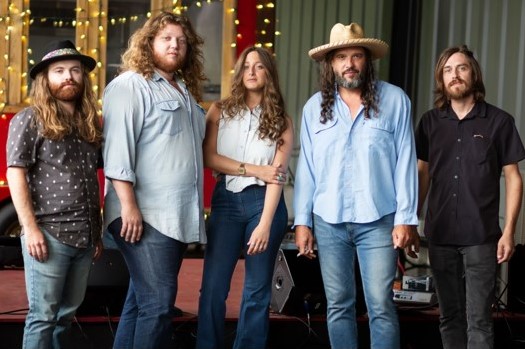Welcome to the first Sunday of September 2023. I can’t believe it’s Labor Day weekend here in the U.S. Officially, this means the last weekend of summer, though we actually have another three weeks before fall starts on September 23, at least astronomically speaking. But guess what, none of it matters when traveling with the magical music time machine, allowing us to visit any season of any year. Hope you join me on the upcoming trip, which starts right now!
Lee Morgan/I Remember Clifford
For our first stop, let’s set the time controls to 1957. The previous year, jazz trumpeter and composer Lee Morgan started recording as an 18-year-old with his solo debut Lee Morgan Indeed! After playing in Dizzy Gillespie’s Big Band from 1956 until 1958, he joined Art Blakey’s Jazz Messengers and was featured on numerous of their albums between 1957 and 1966. Morgan’s prolific recording career came to an abrupt end in February 1972 at the age of 33, when his common-law wife Helen Moore shot him during an altercation at a jazz club in New York City where Morgan was performing with his band. I Remember Clifford, composed by tenor saxophonist Benny Golson, is a track from Lee Morgan Vol. 3, his third album released on the Blue Note label in 1957. Golson was also one of five musicians who backed Morgan on the recording.
The Police/Synchronicity II
After a mellow start, let’s kick up the speed with The Police and Synchronicity II, a great song from their fifth and final studio release Synchronicity that came out in June 1993. It is considered a defining album of The Second British Invasion of synth pop and new wave. By the time the supporting tour had finished in March 1984, frontman Sting already had decided to go it alone. While the band was on an official hiatus he started work on his solo debut The Dream of the Blue Turtles, which appeared in June 1985. An attempt by The Police to record another album in July 1986 quickly came to an end after Stewart Copeland broke his collarbone in a fall from a horse and wasn’t able to play the drums. The Police officially disbanded shortly thereafter.
Nina Simone/Backlash Blues
Our next stop takes us to 1967 and Nina Simone. The music of the singer, songwriter, pianist and civil rights activist featured multiple styles, including classical, folk, gospel, jazz, R&B, pop and blues. The latter brings me to Backlash Blues, off Nina Simone Sings the Blues, the second of three albums Simone released in 1967. She wrote the song together with poet, social activist, novelist, playwright and columnist Langston Hughes, who is one of the earliest innovators of the literary art form jazz poetry. The neat guitar work was provided by jazz and R&B guitarist Eric Gale.
Stevie Wonder/Living For the City
Now, I’m delighted to take you to one of my long-time favorite artists, Stevie Wonder, and Innervisions. Released in August 1973, it was the third of five studio albums that fall into his so-called classic period. This time span from 1972 until 1976 is widely regarded as Wonder’s strongest artistic period. One of the songs that have always stood out to me on Innervisions is Living For the City, a tale of racial discrimination and a young African American man whose dream of the big city ends with a 10-year prison sentence.
Cracker/Nostalgia
The time has come to pay a visit to the ’90s and music from the sophomore album by alternative rock band Cracker – but first shoutout to fellow blogger Dave from A Sound Day who recently featured that album, Kerosene Hat, which appeared in August 1993. I instantly dug it! Cracker were formed three years earlier by lead vocalist David Lowery after the disbanding of his previous group Camper Van Beethoven, along with his childhood friend and guitarist Johnny Hickman. Both still are with the current line-up of Cracker who remain active as a touring act. Off Kerosene Hat, here’s Nostalgia co-written by Lowery, Hickman and Davey Faragher, the group’s bassist at the time.
Magnolia Boulevard/Smooth Sailin’
For our sixth and final stop, let’s return to the present, sort of. In August 2020, Magnolia Boulevard, a five-piece group from Lexington, K.Y. blending blues, funk, jam and rock & roll, released their debut EP New Illusion. They were formed in 2017 and cite The Allman Brothers Band and Tedeschi Trucks Band as inspirations on the Bandcamp page. Here’s the excellent Smooth Sailin‘. Vocalist Maggie Noelle reminds me of Bonnie Raitt, while the song’s groove has a bit of a Santana vibe.
Of course, this post wouldn’t be complete without a Spotify playlist featuring all of the above tracks. Hope there’s something that tickles your fancy!
Sources: Wikipedia; Magnolia Boulevard Bandcamp page; YouTube; Spotify




















